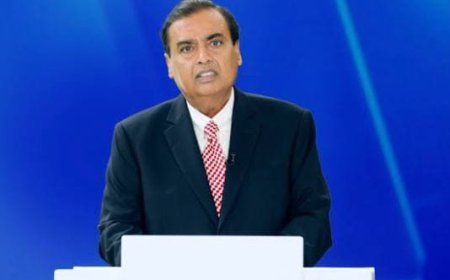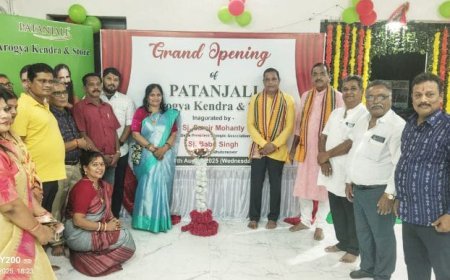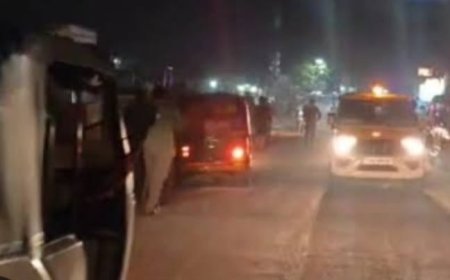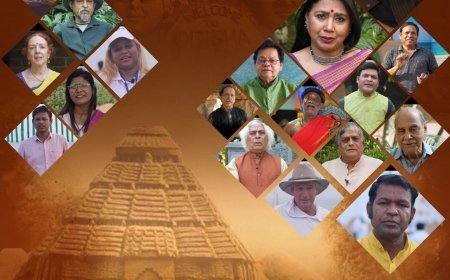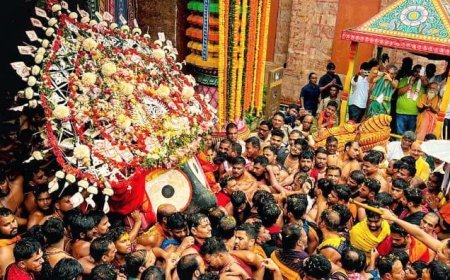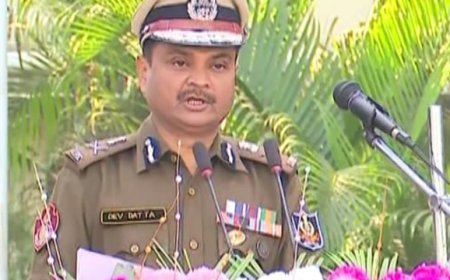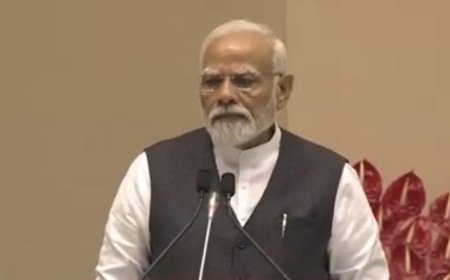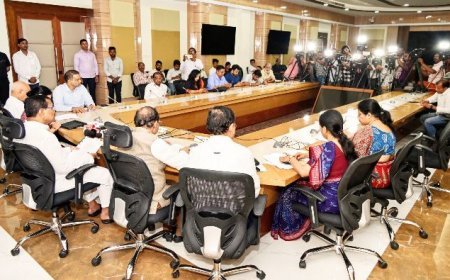Is Modi Leading India or Misleading It?

An Insightful Analysis for the Common Citizen
In a country as diverse and vibrant as India, every political leader leaves behind a mixed legacy—admired by some, criticized by others. Prime Minister Narendra Modi is no exception. As he continues to lead the country for a second term and heads into a crucial election year, a question often heard in public discussions and chai stalls alike is: Is Modi truly leading India or misleading it?
Let us explore this question from multiple angles to understand both sides.
1. Development and Governance
When Modi became Prime Minister in 2014, he promised “Achhe Din” (Better Days). Over the years, his government has launched several flagship schemes like Swachh Bharat (Clean India), Jan Dhan Yojana (banking for all), Ujjwala Yojana (LPG for the poor), and Digital India.
These schemes have reached millions, especially in rural India. Yet, critics argue that some initiatives focus more on slogans than on sustained outcomes. For instance, while toilets were constructed under Swachh Bharat, ensuring their usage and maintenance remains a challenge.
2. Economy: Reforms or Setbacks?
Modi’s decisions like demonetization and GST brought significant changes. Demonetization aimed to tackle black money and counterfeit currency but also caused chaos in the informal sector, affecting daily wage workers and small businesses. The Goods and Services Tax unified India’s tax system but initially led to confusion among small traders.
Unemployment remains a concern. While India’s digital economy has grown, many youth still struggle to find suitable jobs. Supporters say reforms take time; critics feel the pain is greater than the gain.
3. Nationalism and Social Unity
Modi has invoked strong feelings of nationalism. From promoting yoga globally to reviving pride in Indian heritage, he has struck a chord with many. However, rising religious tensions, debates around the Citizenship Amendment Act (CAA), and incidents of communal violence have raised questions about the social fabric of the nation.
His critics feel the emphasis on nationalism sometimes sidelines unity and diversity—two key pillars of Indian democracy.
4. Foreign Policy: Bold Steps on Global Platforms
On the international stage, India under Modi has gained visibility. Be it the G20 summit, India's stand on global issues, or his diplomatic engagements, Modi has showcased India as a confident, self-reliant nation.
However, relations with some neighbours like China and Pakistan remain tense, and the handling of global challenges like the Ukraine conflict is seen as cautious rather than assertive.
5. Media, Institutions, and Democracy
A vibrant democracy needs a free press and strong institutions. Observers have noted increasing government influence on media and a shrinking space for critics, activists, and opposition voices. The use of investigative agencies against political rivals has also sparked debate.
While the government says it is acting against corruption and anti-national elements, others see it as an erosion of democratic values.
Conclusion: A Tale of Two Perspectives
Modi’s leadership is full of contrasts. He is seen by millions as a strong, decisive, and visionary leader who works for India’s growth and global recognition. At the same time, concerns about rising inequality, social polarization, and centralization of power cannot be ignored.
Whether he is leading or misleading is ultimately a decision that rests with the people. And in a democracy, every vote is the voice of that decision.
As responsible citizens, it is our duty to stay informed, think critically, and participate actively in shaping the nation’s future.
Sanjay Pattnayak
Sundargarh






